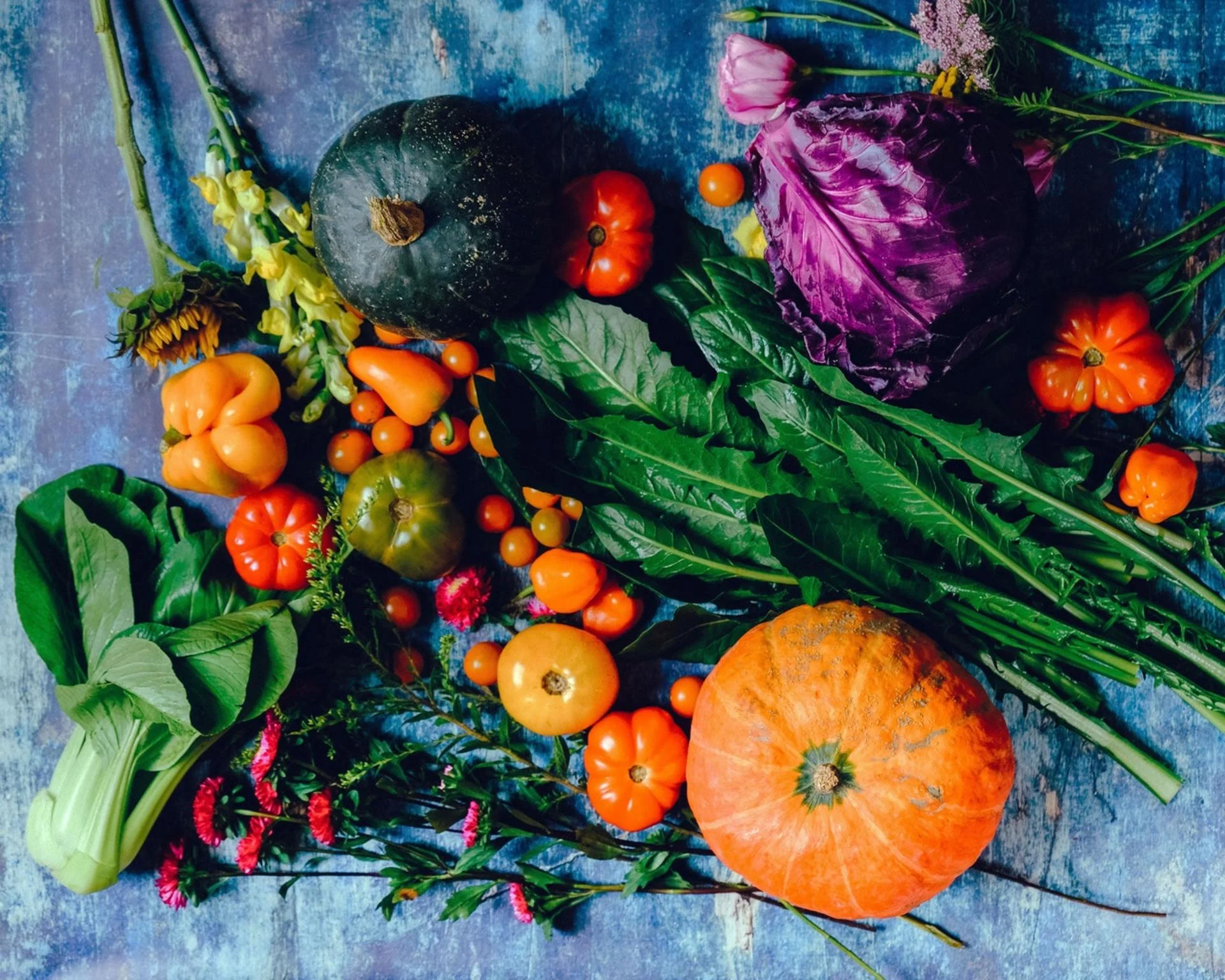
Top foods you need on your grocery list this fall
Your grocery list is about to get a lot more colourful!
Juicy, fresh, and delicious! The Canadian harvest is still impressive in the fall. As the days get a little chillier, keep on top of your health by adding in locally grown, nutrient-packed foods.
Nutritionist Diane Murphy teamed up with The Weather Network to healthify your grocery list. Grab a pen and notepad, and read below!
Must-haves on your fall grocery list:
Apples
High insoluble fibre that helps to lower cholesterol
Packed with numerous biologically active compounds, such as quercetin, that may help to prevent heart disease and cancer
Fact: One study found that eating 3 ½ oz (100g) of a fresh apple with the skin provided the antioxidant and anticancer power of 1,500mg of Vitamin C.
Here’s how to eat it: Chop up 1-2 apples and put them in the blender with a couple of tablespoons of water and ¼ tsp of cinnamon for a nutritious dessert or snack. Heating the apples on low heat for 5 minutes can increase sweetness before blending if desired.
Leeks
Very good source of manganese which is important for both bone and brain health
Great source of vitamin A, C, B6 & K
How to eat it: Although the whole leek is edible, most people prefer to eat the white/yellow part of the stem and the tender inner leaves. You can bake leeks with sweet potato and squash for a delicious side dish or consider blending them into a soup. Adding a cup of sautéed leeks to a stirfry can add a whole new flavourful twist to your dish.
Pumpkin
High in Vitamin A, which can help to preserve your eyesight, strengthen your hair, skin and nails as well as warding off viral infections
1 cup yields about 145% of your daily intake of Vitamin A
Incredible source of fibre
How to eat it: Small pumpkins will produce the best taste. Slice your pumpkin, remove the seeds. Brush with butter or coconut oil. Sprinkle with salt, pepper, and cinnamon and bake! Consider adding pure pumpkin puree into your breakfast smoothie as well.
Peppers
High in antioxidants which helps to reduce our risk of chronic disease
Promotes heart and lung health as well as contributing to healthy vision
Delivers a satisfying low-calorie crunch
Red peppers are the most mature and usually delivers higher levels of nutrients
How to eat it: Slice your pepper and serve with hummus for an easy snack. Peppers also taste great stuffed with rice and ground meats.
Shopping local is not only great for the farmers across your province, but it also ensures you are eating foods full of nutrients. The longer produce is on a truck in transport the more nutrients it loses.
Let me know what inspires you in the kitchen this season by tweeting me @RachelSchoutsen!
WATCH BELOW: NUTRITIONIST BREAKS DOWN EVERYTHING YOU CAN DO WITH THESE SMALL PUMPKINS
--
Thumbnail courtesy: Pexels/Ella Olsson










